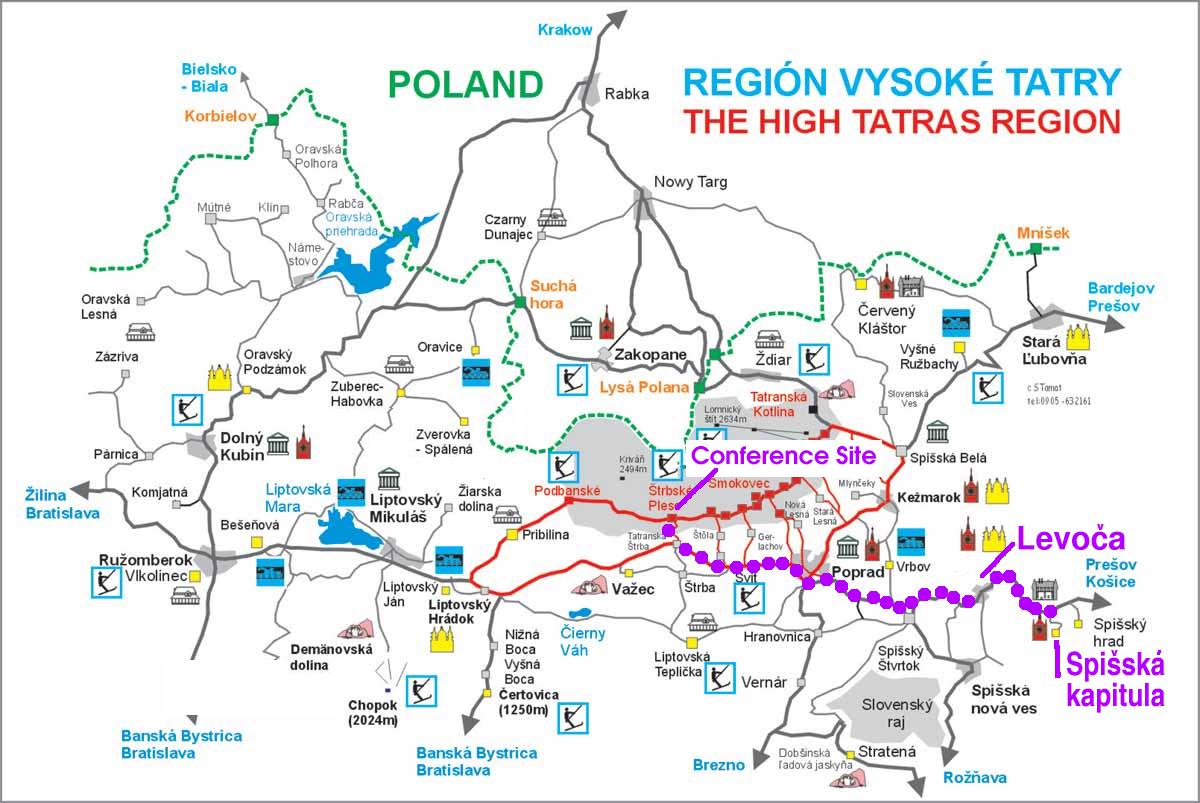

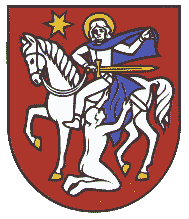
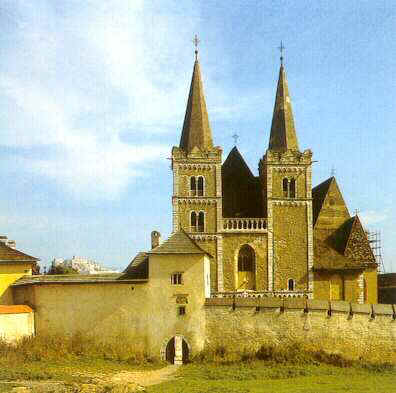
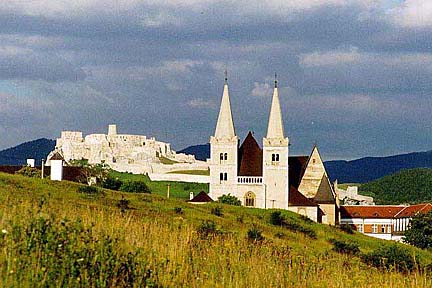



|
In the 11th and 12th century, the St. Martin Monastery was founded by the road. In the 12th century it became the seat of abbey and in the early 13th century Spišská Kapitula evolved into the religious center of the whole Spiš.
The first account of Spišská Kapitula dates back to 1209 and refers to the St. Mary's Convent and rotunda. However, both these structures perished in the following centuries.
Historical sources tell us about the disastrous Tartar assault in 1241-1243. Spišská Kapitula was plundered and completely razed to the ground. The extent of damage to the monastery was most likely the impulse to begin extensive building activity.





|
At that time only an earth road led from the settlement around the castle, intersected the then un-fortified Spišská Kapitula to connect the cathedral and the prior's palace. The urban structure of pišská Kapitula developed when Prior Lukas (Lucas) established six new canons' houses in 1282 in addition to the four already existing ones.
The aforementioned rotunda known in 1273 as the Virgin Mary pilgrimage chapel was preserved until 18th century; the existence of St. Martin's Monastery in 14th and partially in 15th century was proved as well.
As the abbey grew, in the 14th and 15th century the number of rectors increased to ten and the palace became overcrowded. That is why the fortification on the eastern side was obliterated and a few rectories were built. The rectories were separate houses, each of them with its own yard. These formerly Gothic buildings were later converted into different architectural styles.
In the second half of the 15th century, a new sanctuary and a high tomb chapel of the Zápolsky family were added to the old cathedral. Its interior is decorated with a Romanesque statue of a sitting lion made of travertine known as Leo Albus, White Lion.
The foundations of the Spiš castle date back to prehistoric ages. The biggest castle in the Central Europe had been one of few resisting the Tatar invasion in 1241. It endured up to 1780, when it burned down. Its history is closely linked to the Spiš Canonry, the place of living of Spiš priory order and later bishops. A two-tower Roman cathedral of St. Martin dominates the Canonry, It was under construction from 1245 to 1273, later redesigned in Gothic style, it contains extremely rare interior (altars from Late Gothic; Roman and Gothic sculptures, gravestones). Adjacent to the cathedral is a Late-Renaissance bishop palace. A complex of buildings - castle Spišský hrad, Spiš Canonry and Žehra (a little Roman-Gothic church of the 13th century with valuable wall paintings) - is recorded as a World Culture Heritage of UNESCO. Inside the castle you can see displays of the castle's history, medieval weapons, feudal jurisdiction and archaeology.
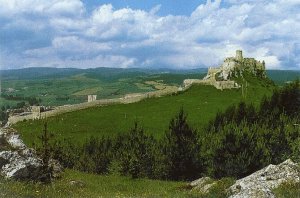
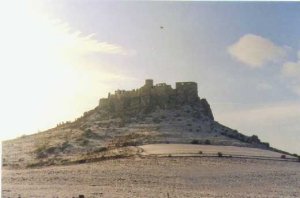
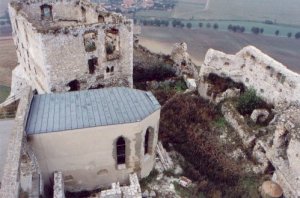
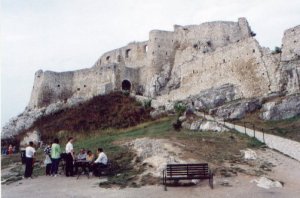
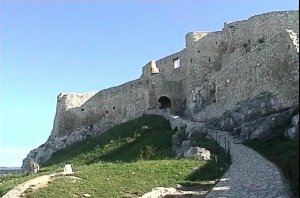
|